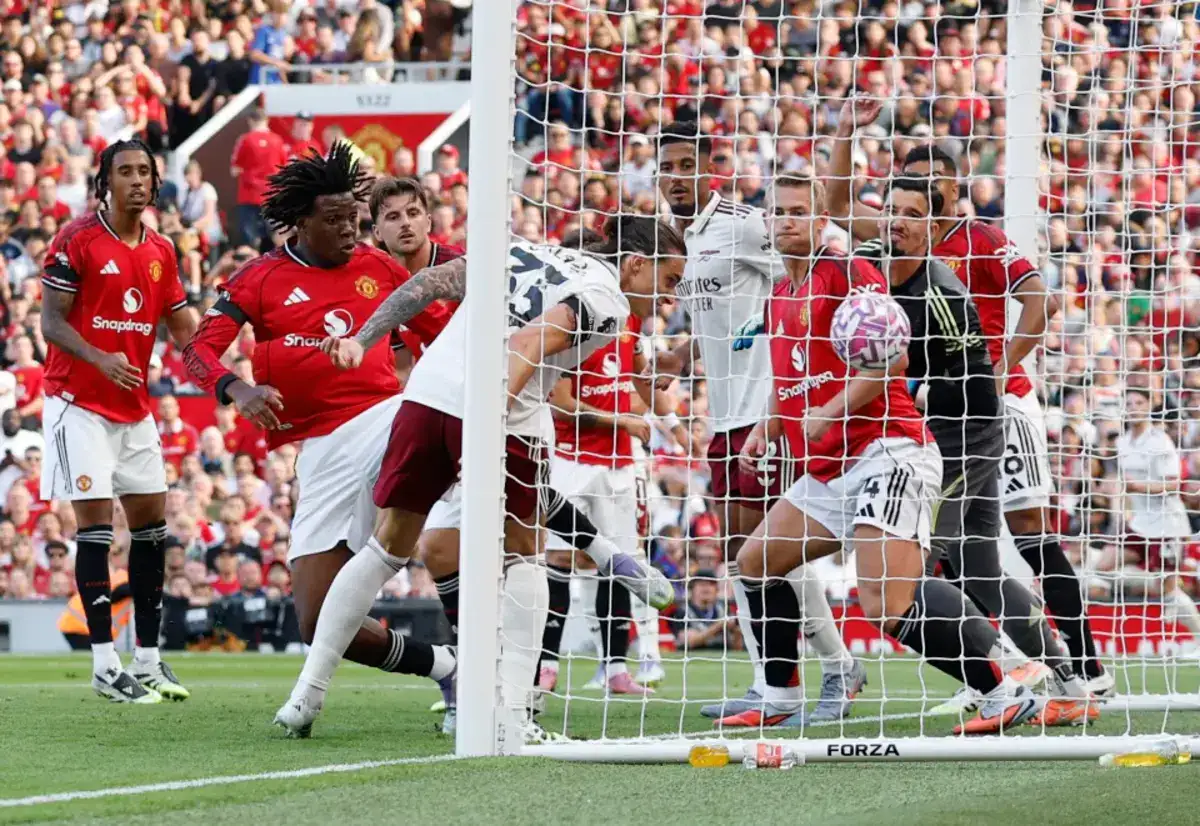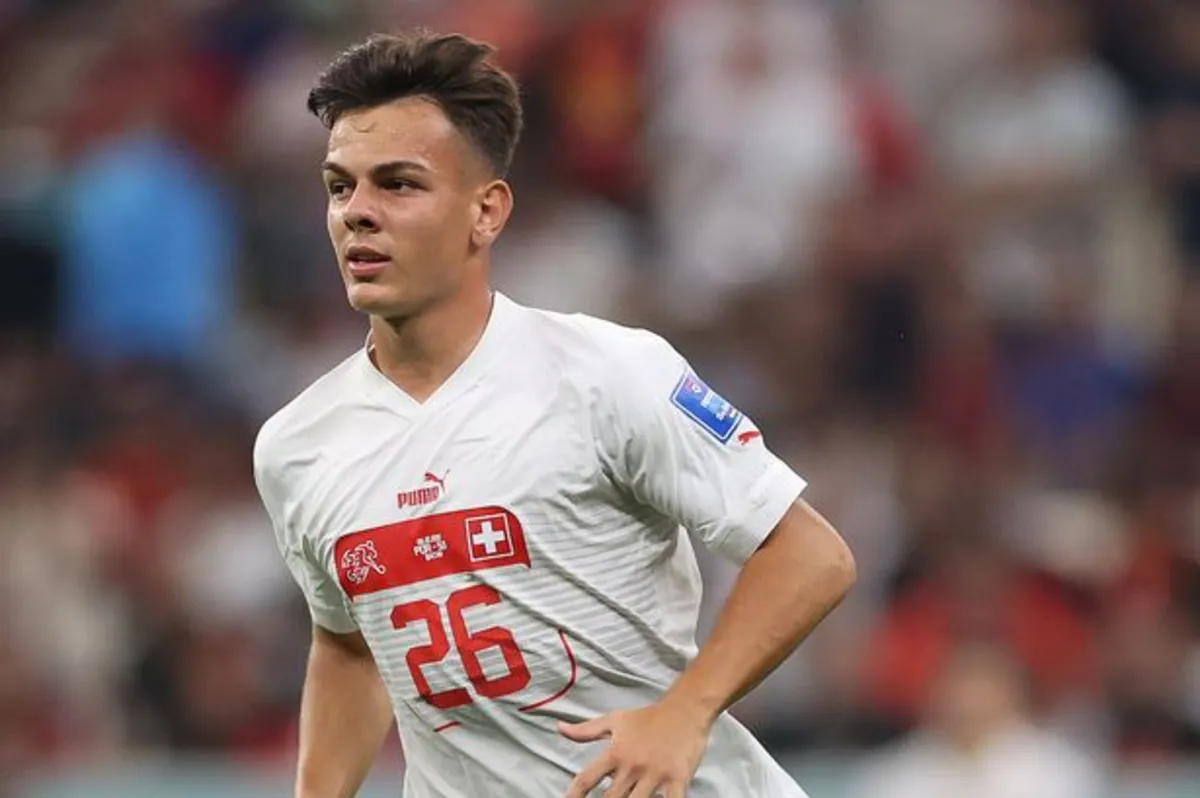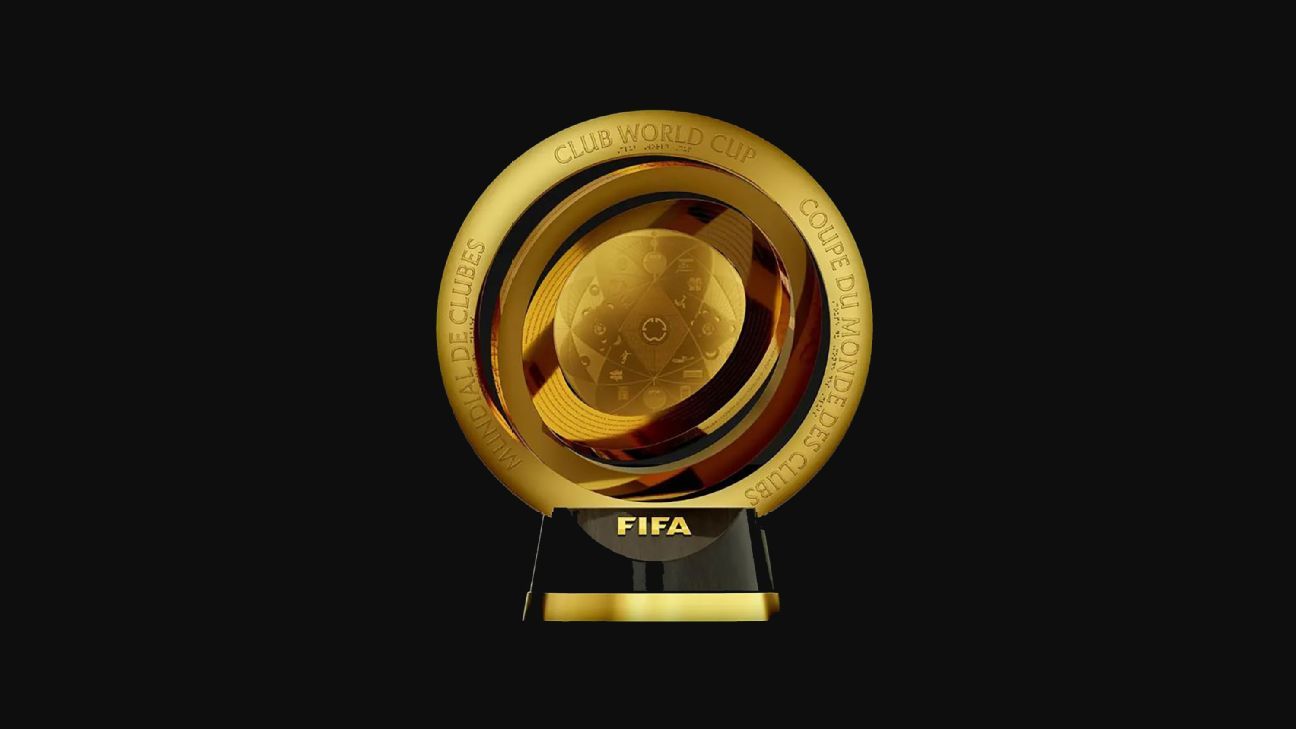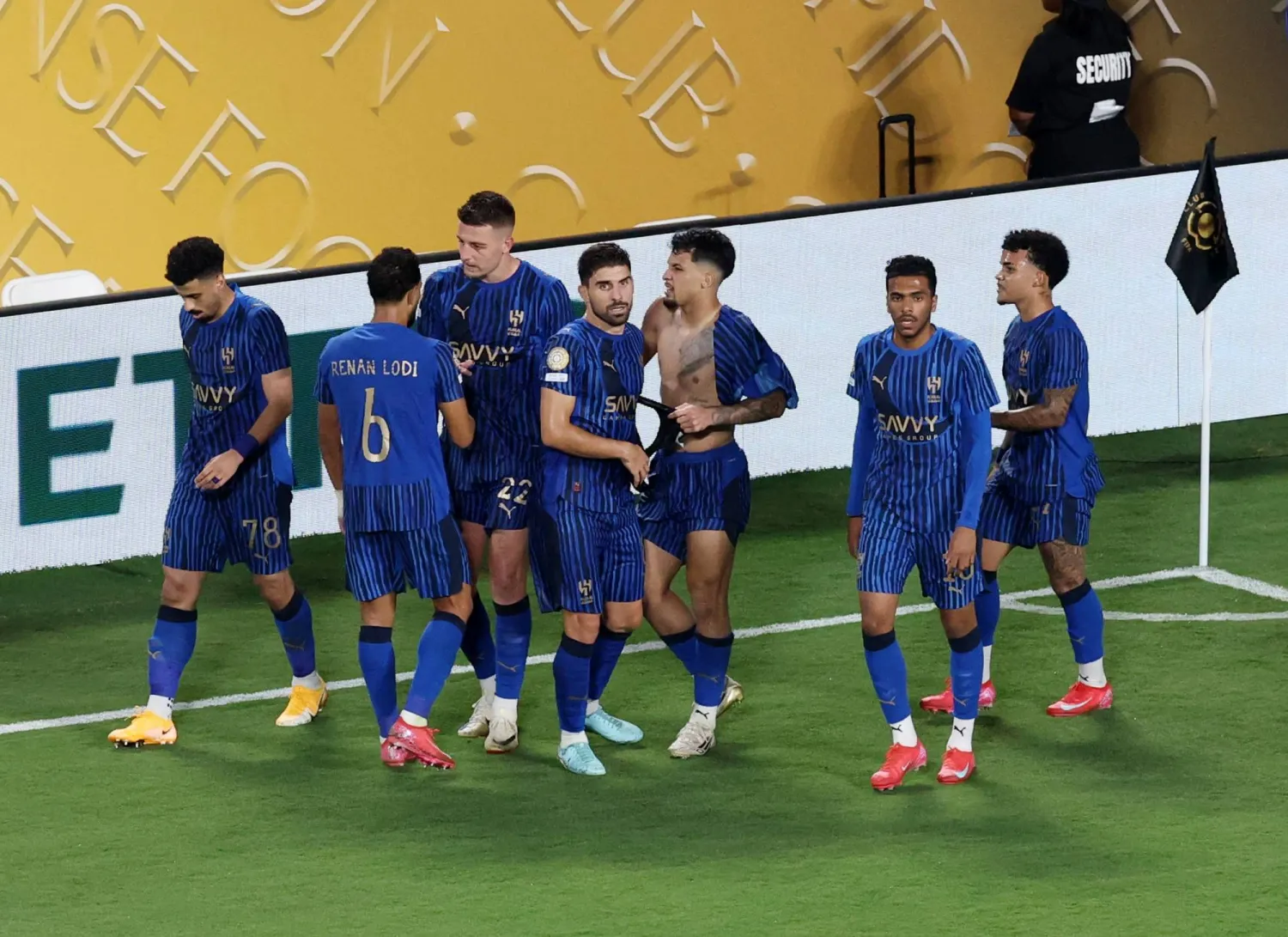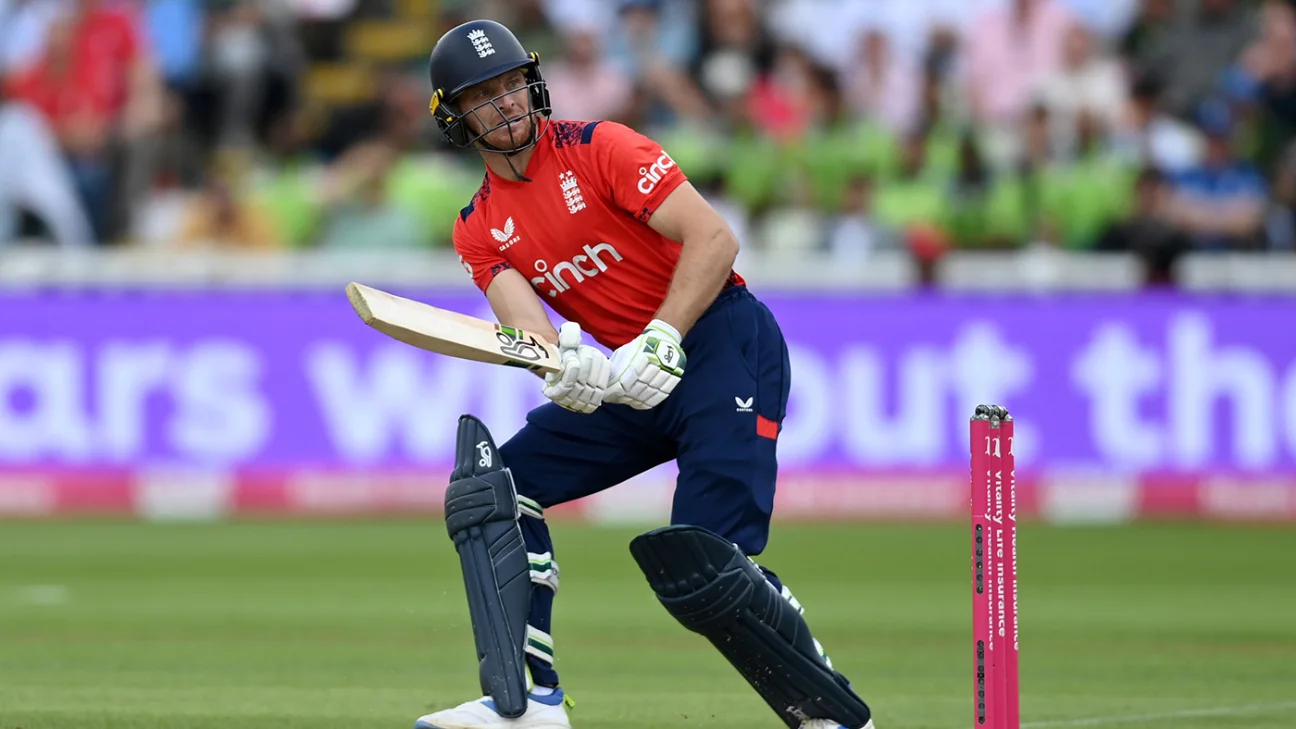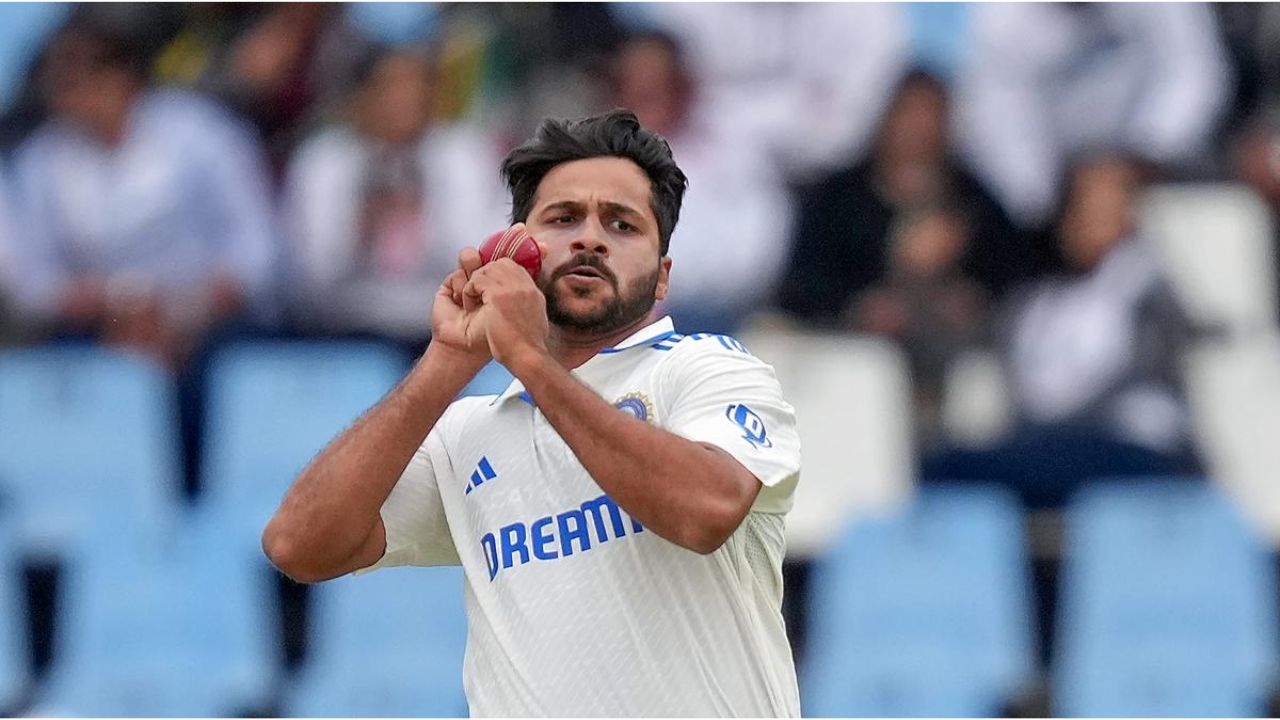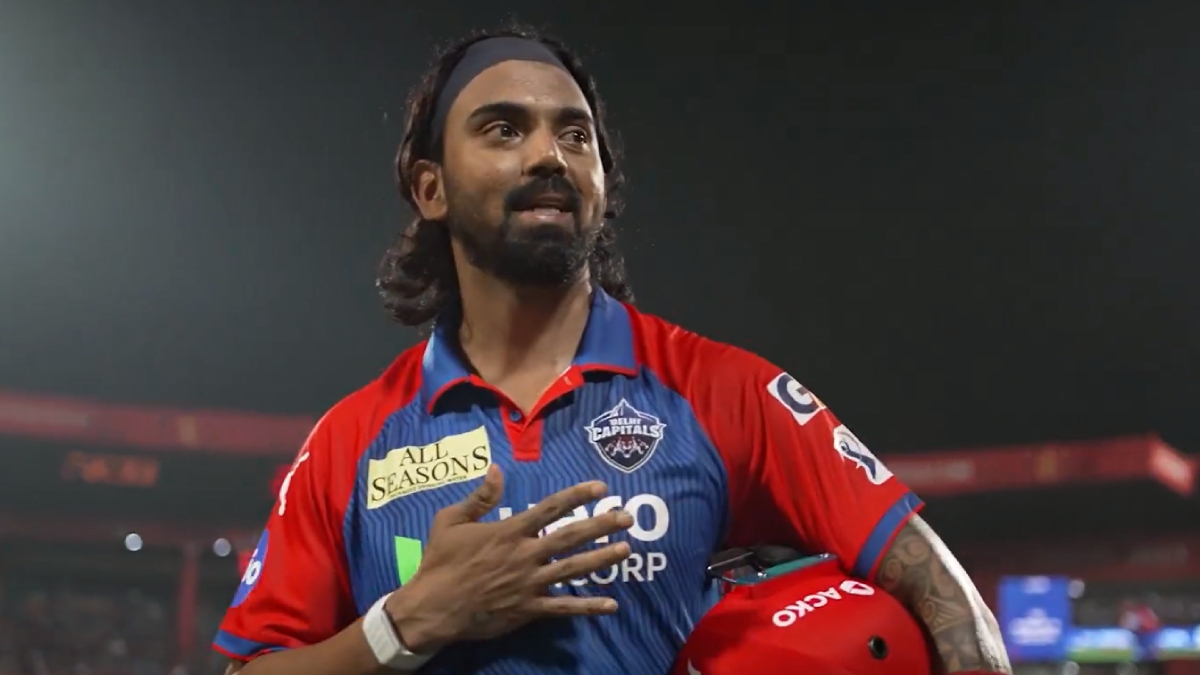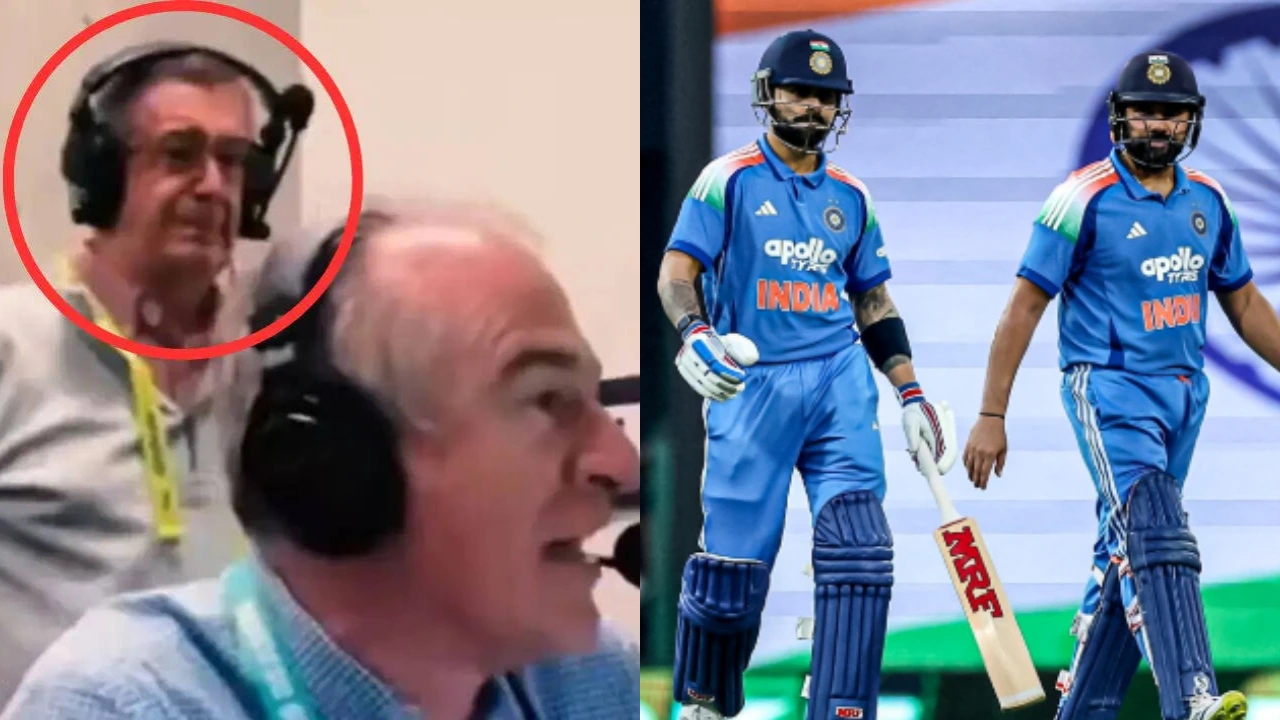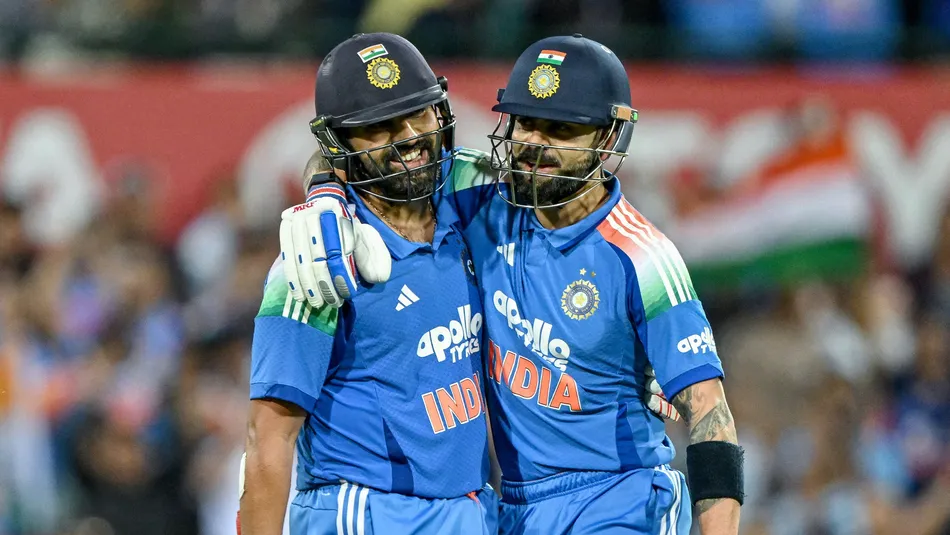The FIFA Club World Cup 2025, hosted in the U.S. from June 14 to July 13, features 32 teams competing for a $1 billion prize.

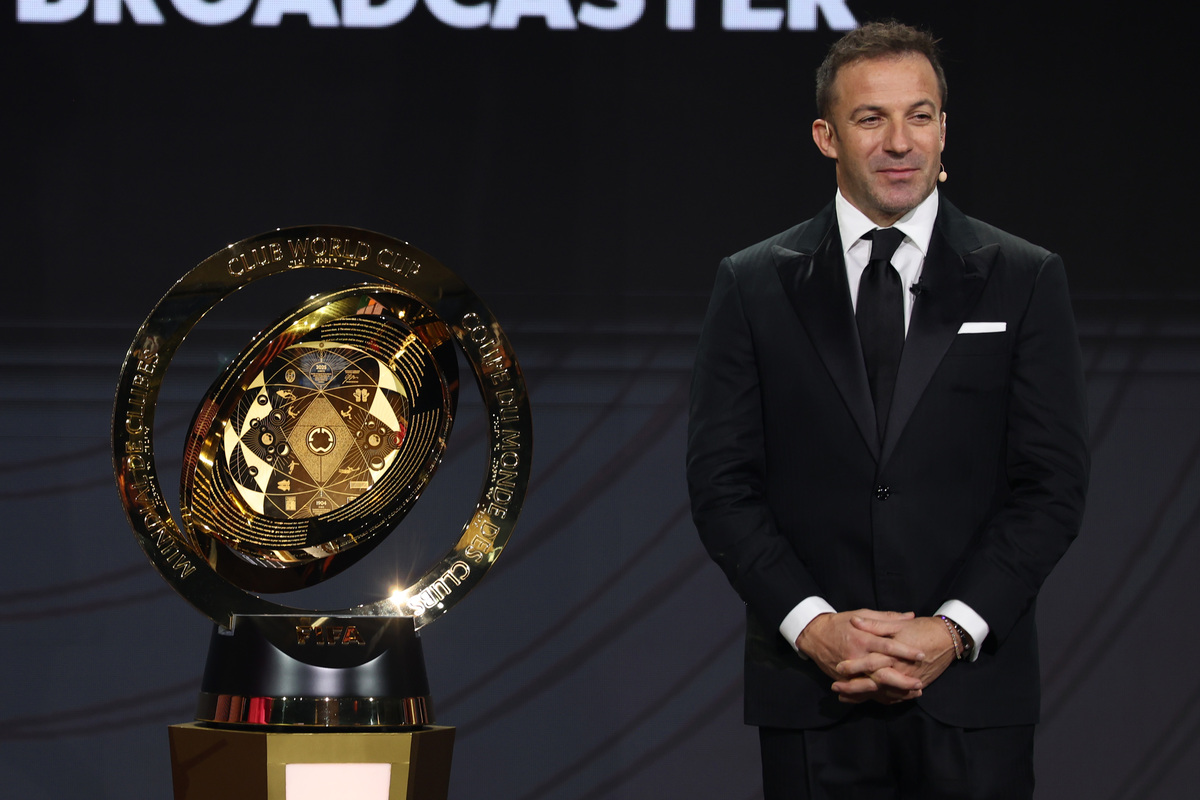
The upcoming FIFA Club World Cup of the year 2025 will be one of the first, not only due to its increased 32-team format but also due to the staggering prize pool of one billion dollars. To fans of soccer, this event, which will start on June 14 in the United States, is a worldwide affair where giants such as Real Madrid, Manchester City, and Inter Miami will appear. However, what is catching eyeballs the most is the huge cash prize reward to the winner of as much as $125 million. What will this unprecedented payout do to club football? It is time to split the prize money, discuss what it represents to the teams, and look into why this tournament is not only making fans excited but also controversial.
What’s the FIFA Club World Cup 2025 All About?
The FIFA Club World Cup has developed into a quadrennial 32-team battle as opposed to a niche seven-team battle. It is held in 12 venues in the U.S. between June 14 and July 2025 between the best clubs of all continents. Ranging all the way through Europe and the UEFA league winners, such as Chelsea, to the South American winners of the Copa Libertadores, it is really the test of the might of the world. What then is special about the 2025 edition?
The solution is at the dollar. FIFA has sealed a $1 billion prize pool, including a $525 million guaranteed participation pool and the rest a performance pool. The champion might take home 125 million dollars and thus one of the most highly rewarding games in soccer history. It is not just bragging rights that count to fans; they want to see their clubs take the field after a life-changing payday. Will this bankrolling of cash set a new era in club football?
Breaking Down the Prize Money
The prize structure by FIFA is a game changer. Each of the clubs is expected to get a participation fee, but different regions and rankings pay different amounts. European giants such as Real Madrid and Bayern Munich may earn between $12.81 million and $38.19 million no matter what merely by coming out, with Auckland City in Oceania banking on the sum of $3.58 million. African teams, Asian teams, and teams within CONCACAF, such as Inter Miami, receive 9.55 million dollars, whereas teams within South America receive 15.21 million dollars. So what do teams get the big bucks for?
The bonuses for performance accumulate quickly. One wins in a group stage: a win earns $2 million, and a draw will provide one million. Getting to the round of 16 will secure someone $7.5 million, the quarter-finals will secure someone $13.125 million, the semi-final will secure someone $21 million, and the final will secure someone a runner-up with 30 million and the champion 40 million. A winning European club could win all seven matches, winning them a jackpot of 125 million. In smaller clubs, one win is enough to build new facilities or bring in signings. What will be the influence of this money on team strategies?
Why the Prize Money Matters
In the case of such clubs as the defending champion, Manchester City, or Inter Miami, which features Lionel Messi among its leaders, the amounts involved are enormous. The 125 million dollar prize money awarded to the winner is a tremendous contrast to the 5 million dollars that the 2023 Club World Cup will have to offer and also dwarfs the 102.4 million that the UEFA Champions League has had as its top! In the case of leading clubs, it might entail spending all the money on big names such as Kylian Mbappé and the renovation of stadiums. And what of small clubs?
The solidarity payment from FIFA, amounting to 250 million dollars, was meant to benefit the clubs that do not take part in the World Cup championship and diffuse the income to ground-level football. According to FIFA President Gianni Infantino, this measure guarantees that not even a “single dollar” remains in the possession of FIFA and concentrates on the global development. To smaller team fan bases, this may mean improved academies or building up local talent. Will this fund really bring a balance in global soccer?
Controversy Surrounding the Tournament
Not all of them are cheering. Its longer format, which includes 63 matches in a month, met with disapproval from players unions such as FIFPRO. They state that it increases the congestion of fixtures that can cause player burnout. The biggest names might play three consecutive winters of big-stake matches between Euro 2024 and World Cup 2026. Is the price of the health of the players the 125 million price or no?
At the MLS, players of teams such as the Seattle Sounders have gone to protest, including during one of the matches in which they wore shirts reading ,The Club World Ca$h Grab, protesting to get a larger cut of the prize money. Now, a majority of the cash is retained by the clubs, and the MLS provides the players with a 20 percent payment on performance bonus. Provided that the MLS club wins, there is a chance to share 24 million dollars, though many players think that it is not enough. Are these tensions going to burst the bubble of excitement in the tournament?
How Does It Compare to Other Competitions?
The prize money that accompanies the Club World Cup, i.e., a billion dollars, supersedes the majority of the soccer events. The Copa Libertadores of 2024 was a total of 207 million, and the prize winners, Botafogo, received 31 million. The 2024-25 Champions League provides 2.71 billion with 15 matches, which can give a maximum of 102.4 million. The Club World Cup has only seven games, which makes it more profitable per game in comparison to the regular types of the event. According to Infantino, he considered the Club World Cup more profitable. The most financially lucrative game in world club football. But is it worth more prestige than the Champions League?
As a comparison, the 2023-24 season in the English Premier League is worth $227 million to Manchester City over a nine-month season. The fast payouts of the Club World Cup would make the clubs want to focus on it rather than domestic leagues. Will this overhaul just raise the power in the world of soccer?
What’s at Stake for Top Clubs?
Wholesale names such as Real Madrid, Manchester City, or Chelsea are not likely to disappoint, and 30-million-dollar (Rayan Ait-Nouri, Manchester City) and 30-million-dollar (Liam Delap, Chelsea) expenses on player acquisition fees only do not seem extraordinary. A deep run would help to finance blockbuster transfers or infrastructure projects. How about such clubs like Inter Miami, though?
The presence of Messi makes Miami a wild card. Their entry fee of 9.55 million dollars, not to mention the performance bonus, could improve MLS’s international status. A group-stage match with either Al Ahly or Palmeiras would be watched by millions, considering that all the meetings will be free due to DAZN broadcasting all matches. Will Messi take Miami to a Cinderella?
Final Thoughts
FIFA Club World Cup 2025 is not just another event, and the event is a financial and cultural landmark. Clubs are not only after glory but also an eye-opening payday, as evidenced by a cool 125 million dollars up for grabs. Among fans, it is an opportunity to witness world giants collide and underdogs to rise to the surface, all the time questioning the price it paid to the health of players. With the group stage draw looming on December 5, one particular question pops to mind: who will get the richest prize in club football?
